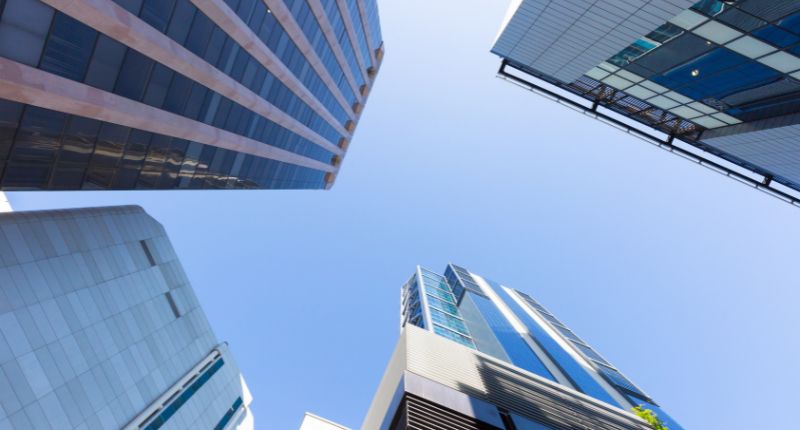
- An increase in e-commerce is driving demand for industrial properties.
- Most capital cities are facing limited supply and low vacancy.
- Perth's tight labour market is underpinning rising construction costs.
The pandemic ripples continue to be felt across Australia’s industrial property market. Chief among them is a surge in e-commerce, which is powering a high demand for industrial properties.
Raine & Horne Commercial general manager, Chris Nicholl, says:
“We are currently experiencing the first major shift in the office market since the global financial crisis.”
“The cost of money stands to impact returns, valuations, and debt covenants over the next 12 to 18 months.”
What else is impacting Australia’s commercial property market?
According to Raine & Horne Commercial’s Insights H2 2023 report, there are several other key factors impacting the nation’s commercial property market.
These factors include:
- Rising interest rates,
- Employers looking at solutions to bring employees back to the office,
- Purchasers increasingly looking to secure reviews to market to off-set inflation and increased cost of debt, and
- A limited availability of premises, thereby increasing rents and fuelling investor demand.
Although limited supply and low vacancy are particularly acute in Sydney, the report indicates this is also true across the country.
Raine & Horne Commercial Inner West and South Sydney director Luke Smith added that another significant factor influencing industrial property markets is the demand for last-mile distribution facilities.
“Food delivery, enterprise supply chains, and transportation for delivery-based businesses are driving demand for industrial properties that can operate as last-mile logistics hubs,” he said.
“Companies involved in these activities seek to establish their hubs near the final destinations, whether it’s homes or businesses, to ensure efficient and timely deliveries.”
Perth’s momentum and tight labour market
Director and co-owner of Raine & Horne Commercial WA Anthony Vulinovich says Perth’s commercial market is reaping the benefits of the buoyant mining sector, as well as a variety of infrastructure projects.
Industrial developments in prime and emerging areas such as Kenwick, Maddington, Hazelmere, Canning Vale, and south-east to Forrestdale are adding even more momentum to the market.
However, Perth’s tight labour market is underpinning rising construction costs.
“The issue is that supply is being constrained in terms of land availability and construction efficiencies so we expect to see both sales and rental prices firm at the upper levels or escalate slightly more,” Vulinovich said.
Canberra’s stability
Commercial property in the nation’s capital remains strong and is regarded as a safe haven for investors, according to Raine & Horne Commercial Principal and managing director Mark Nicholls.
“An increase in the stamp duty-free threshold to $1.8 million has seen more interstate commercial investors and local residential investors – where stamp duty is still applicable – enter the market,” he said.
“Enquiry levels remain strong especially for tenanted properties with long term leases and secure tenant covenants, as well as single title properties offering development upside or repositioning play.”
Mark Nicholls, Raine & Horne Commercial
However, in line with most other markets across the country, the ACT remains tightly held due to a lack of available stock and limited industrial land supply.
Nicholls added that office and retail sectors continue to remain stable, with limited movement in vacancy rates, rents, values and incentives.
North Sydney’s off-market trend
Due to the limited supply of available properties in the North Sydney region, growing numbers of buyers are looking to off-market transactions.
Raine & Horne Commercial sales director North Sydney, Nick Moloney, says current low stock levels work in favour of vendors looking to sell their property, especially those that boast modern finishes and require minimal work to move in.
“Such properties are highly sought-after and typically attract a lot of attention from prospective buyers,” he said.
“As a result, vendors may find their property sells quickly and at a premium price, despite the overall downturn in the property market.”







